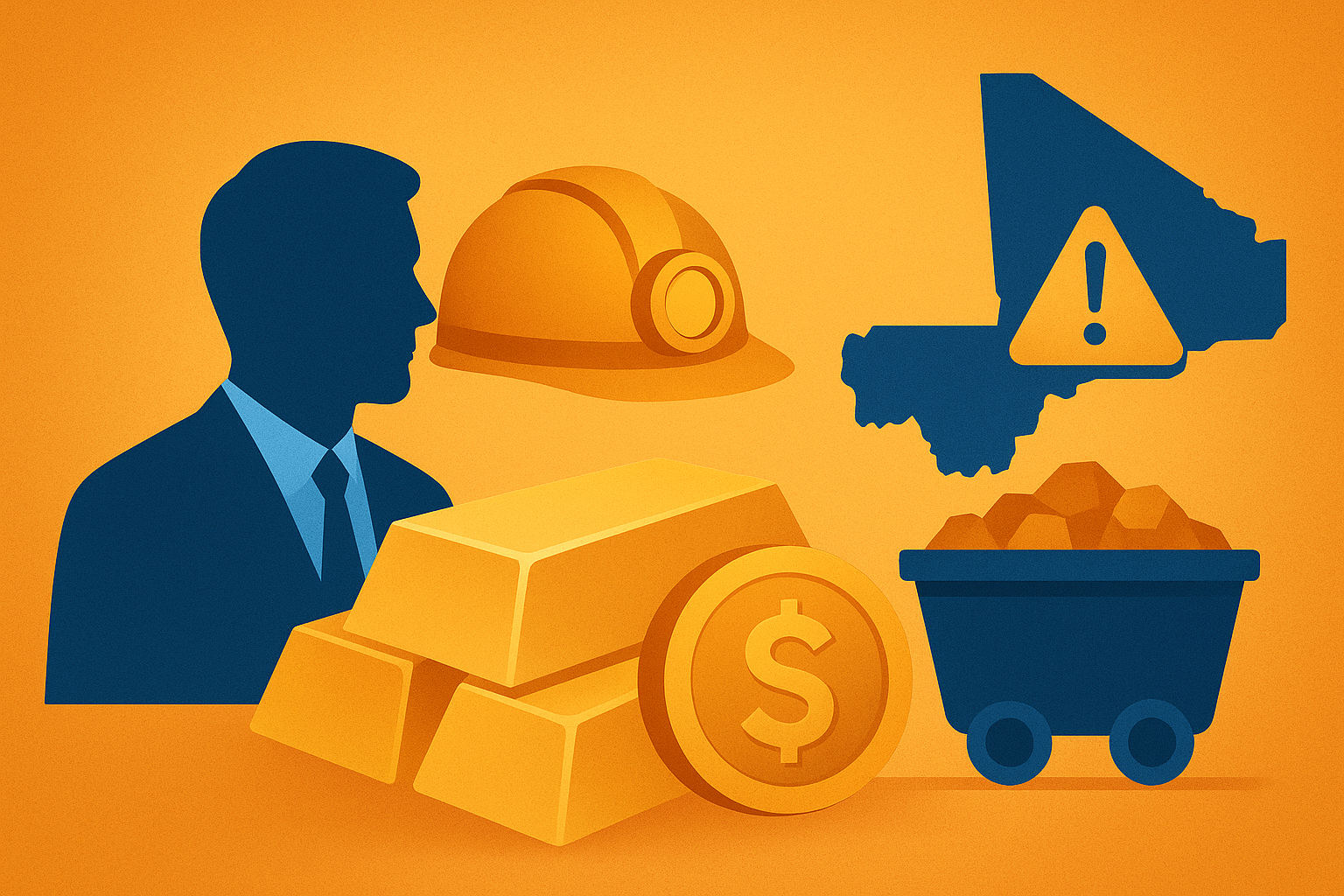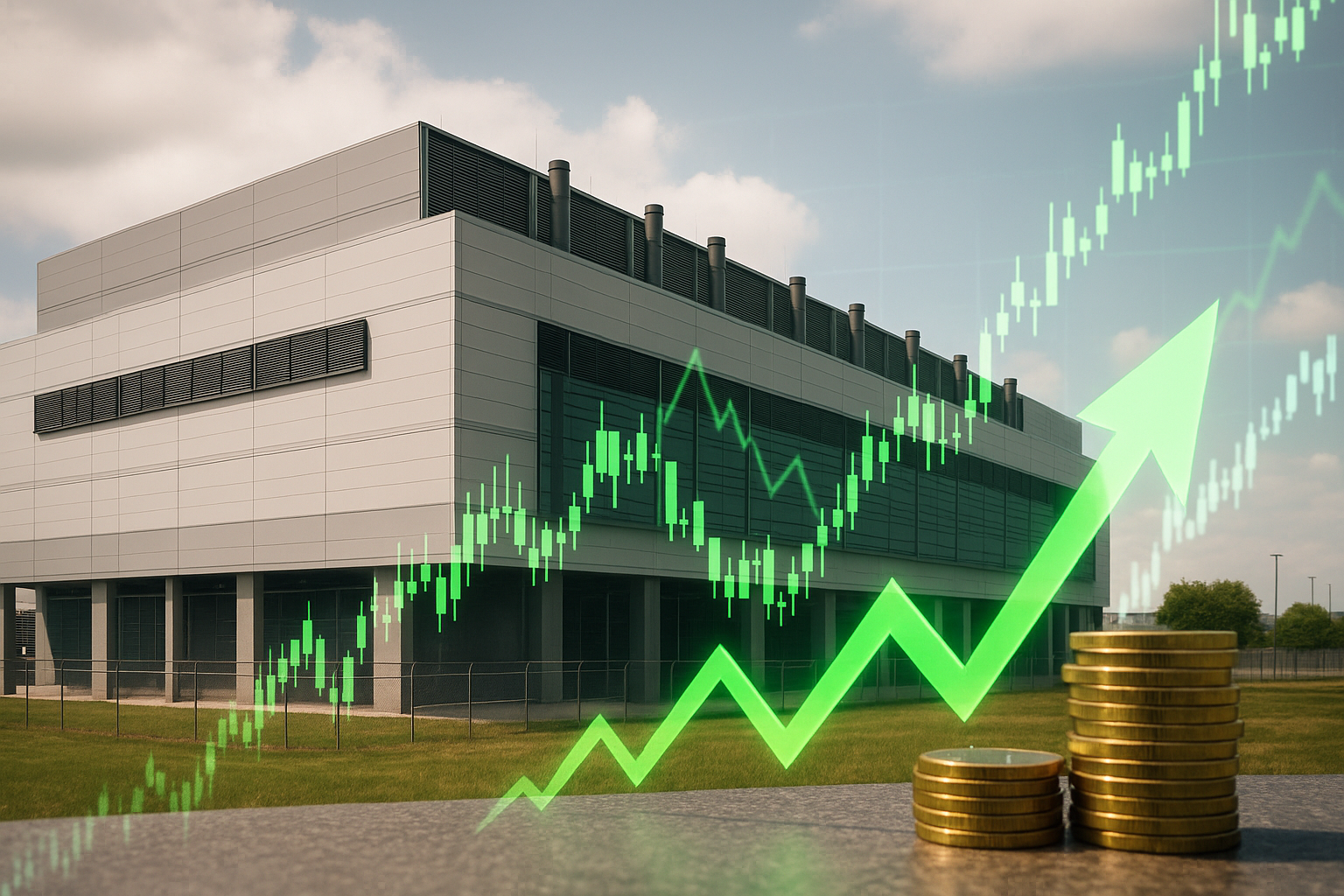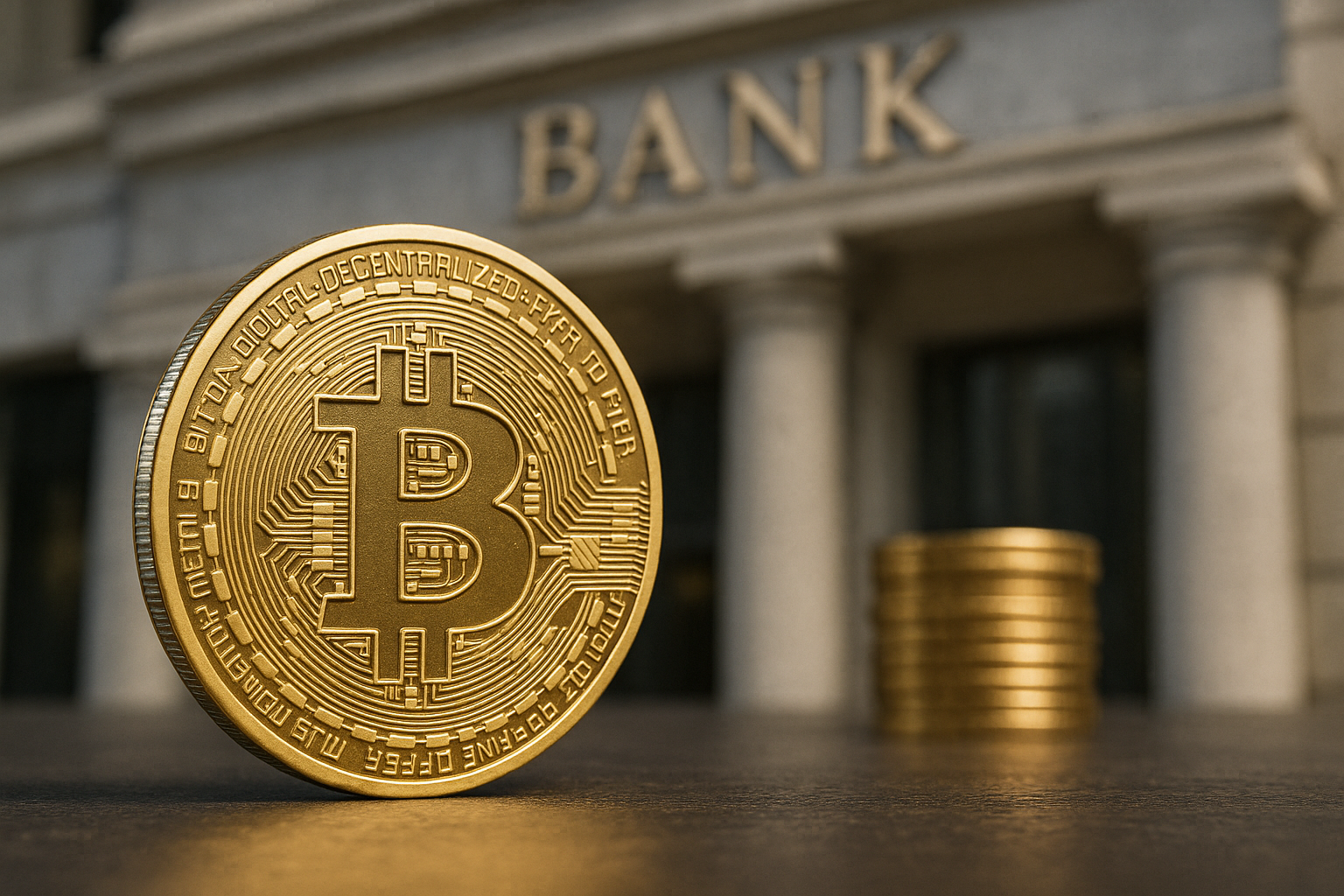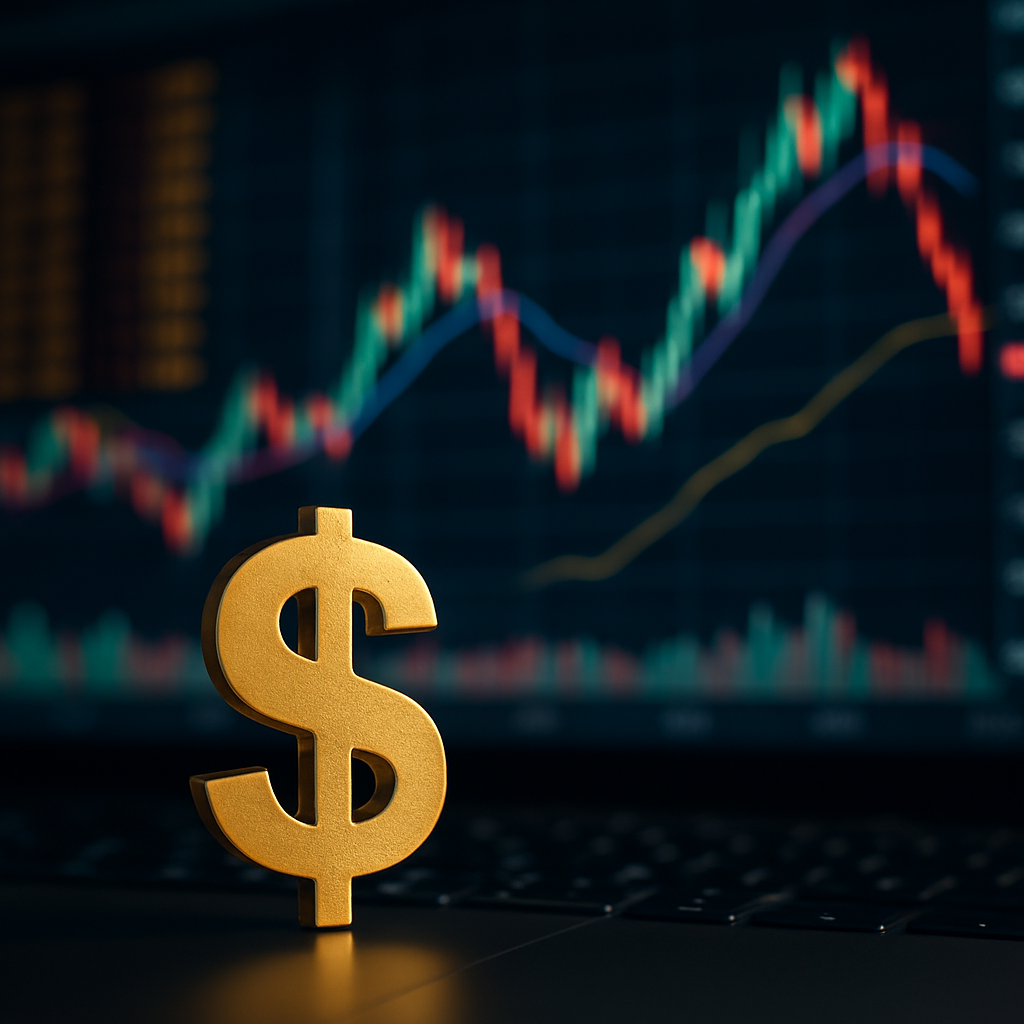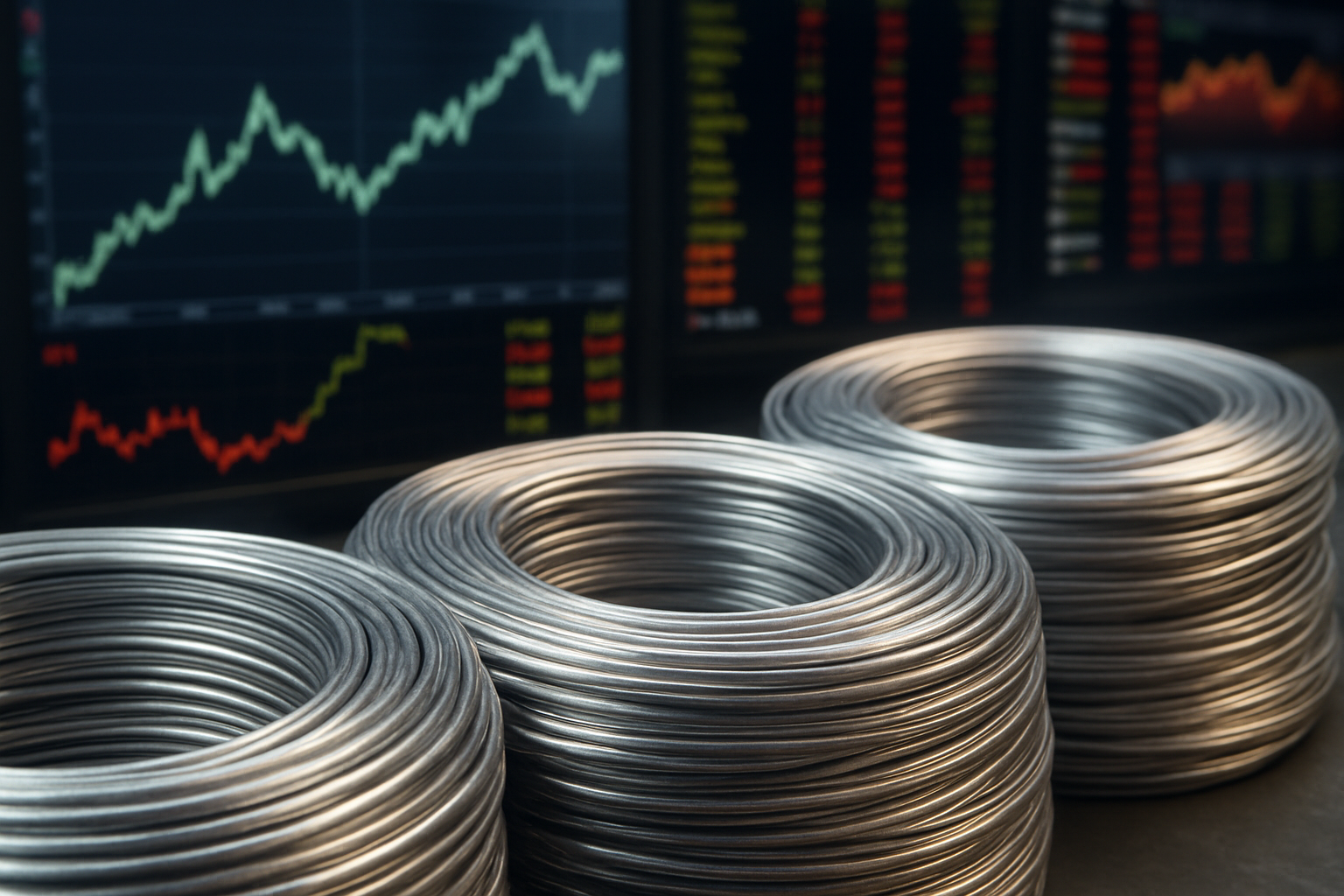Barrick Gold, one of the world’s largest gold and copper producers, was thrown into the spotlight this week after CEO Mark Bristow abruptly resigned following escalating disputes in Mali. The surprise move comes amid mounting regulatory clashes and the Malian government’s seizure of gold shipments, issues that have rattled investors and reignited concerns over geopolitical exposure in the mining sector. Shares of Barrick fell nearly 4% on the news, highlighting the sensitivity of global mining equities to political shocks.
Leadership Shake-Up in the Mining World
According to Reuters, Bristow—who had led Barrick since its transformational merger with Randgold in 2019—stepped down after tensions with Malian authorities reached a breaking point. Chief Operating Officer Mark Hill has been named interim CEO while the board searches for a permanent successor.
This sudden leadership shift underscores the delicate balance mining companies must strike in resource-rich but politically volatile regions. Mali, Africa’s third-largest gold producer, has been a critical pillar of Barrick’s operations. Yet, a backdrop of resource nationalism, rising regulatory demands, and government seizures has complicated the investment case.
Why This Matters for Investors
Geopolitical Risk Reemerges as a Core Valuation Factor
For years, global miners have touted their ability to operate in challenging jurisdictions. However, this latest development is a reminder that political stability is just as important as ore grades or production costs. In fact, geopolitical disruptions often have an outsized impact on investor sentiment and valuations.
- Share Price Impact: Barrick’s 4% drop reflects how quickly the market prices in uncertainty when executive leadership and geopolitical exposure collide.
- Sector-Wide Concerns: The resignation reverberates across peers like Newmont ($NEM) and AngloGold Ashanti ($AU), which also operate in regions prone to political instability.
Strategic Uncertainty Ahead
The change in leadership could usher in shifts to Barrick’s strategy. Under Bristow, the company prioritized growth in Africa and expansion in copper alongside its traditional gold base. With Mark Hill as interim CEO, analysts speculate Barrick may review its geographic footprint, increase hedging to mitigate commodity price volatility, or even divest high-risk assets.
Future Trends to Watch
- Successor Profile: Investors should monitor who Barrick names as its permanent CEO. A continuity candidate may stick to Bristow’s Africa-heavy vision, while an outsider could pivot toward de-risking and portfolio streamlining.
- Resource Nationalism: Mali is not alone. Across Africa and Latin America, governments are demanding larger revenue shares from mining companies. Investors need to factor in potential tax hikes, export restrictions, and license renegotiations when evaluating exposure.
- Copper as a Strategic Hedge: Despite the turmoil, copper remains central to Barrick’s growth strategy. With global demand forecast to climb sharply due to electrification and EV adoption, copper could provide a stabilizing counterweight to gold’s volatility.
- Investor Rotation: Expect heightened scrutiny from institutional investors who are increasingly incorporating ESG and geopolitical risk into portfolio decisions. Funds may tilt toward miners with greater North American or Australian exposure, deemed safer jurisdictions.
Key Investment Insight
Geopolitical uncertainty can erase years of operational progress in a matter of days. Investors should reassess portfolio exposure to miners with heavy footprints in high-risk regions. At the same time, leadership transitions can create entry opportunities if valuations overcorrect. Barrick’s long-term copper positioning and scale make it too large to ignore, but caution is warranted until clarity emerges on its strategic direction under new leadership.
Barrick’s CEO exit is more than just a corporate shake-up—it’s a stark reminder that politics, not geology, may be the decisive factor in mining valuations going forward.
Stay informed with MoneyNews.Today for daily insights into how global headlines shape investor opportunities and risks.
